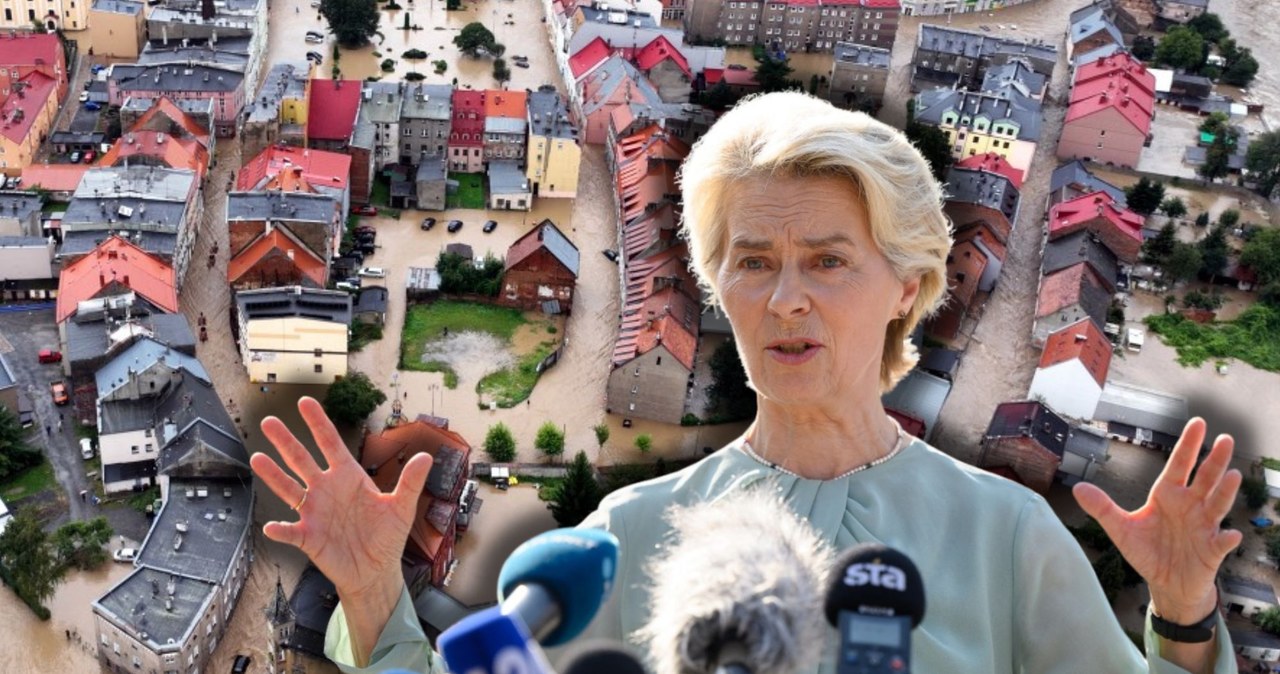
What’s Wrong With Slow Agony
By Michael Every of Rabobank
Yesterday saw ex-“whatever-it-takes” ECB president/Italian PM Mario Draghi deliver a shocking report on the EU’s future. As Draghi told a journalist in the Q&A held in a very large room with a very small audience unbefitting the topic at hand, Europe must change radically to thrive, and while it’s not do or die, it’s “Do this, or it’s a slow agony.”
The only way to avoid economic and geopolitical death by a thousand cuts includes investing an extra 5% of GDP (€800bn) annually. This figure shocked many into silence given the lack of response in markets. However, it’s in line with the prediction we made in our December deep dive into the EU’s quest for strategic autonomy: we stressed vast annual spending would be needed alongside massive structural reforms. Draghi echoes these points, specifically that all EU policies (e.g., industrial, defence, trade, energy, transport, immigration, etc.) need to link up to serve an overall strategic goal – preventing the EU from shrivelling into irrelevance. Draghi went further than us too. He said EU member states’ national champions must be replaced by pan-EU champions with more global scale. He also attacked the EU for its bureaucracy, which is like Trump attacking non-sequiturs because he thinks that’s where the Mexican cartels are based. Politico’s Isabella Kaminska called it all “perestroika”, referencing President Gorbachev’s late-80’s attempted pro-market reforms of the former USSR – which led to its collapse. Yet its EU ordoliberal sacred cows which will have to be sacrificed if Draghi gets his way. Slashing bureaucracy aside, this is “inverse perestroika”: it moves the EU from ‘because markets’ to a national-security focused state-capitalism. Even so, there are many questions left unanswered.
First, who will pay for this? Draghi implied the EU private sector will have to step up, but if it wanted to invest in these kinds of projects, it already would be. The logical implication is thus that private capital will have to be forced to invest in the ‘right’ places or subsidized to do so, as with the US Inflation Reduction Act and proposed higher US tariffs. For the public sector, there is a floated new EU tax or, finally, joint Eurobonds to pay for it. Yet as we argued in December, ultimately the ECB will have to back much of this spending, i.e., supply-side QE. After all, that’s what the EU’s geopolitical rivals do, and this is an existential geopolitical project. If all policies join up to serve that goal, why isn’t monetary policy one of them? “Because markets”?
Second, what does the demand side look like? It’s one thing to arrange a vast flow of ECB-backed liquidity, e.g., to build a new EU military. It’s another thing to force EU politicians to agree on joint production of military goods and joint delivery, e.g., who gets how many tanks and planes, etc.? On a grand scale, who is guiding Europe’s Grand Strategy? Somebody is, or nobody.
Rather than deal with the above, many in Europe seem to prefer “slow agony.” Within hours, the German finance minister had already shot Draghi’s ideas down: presumably it’s OK by him if all of Europe looks like Germany, which itself looks like VW. Many in markets might agree, not just because the proposed reforms are so radical, but because slow agony might be taken to mean low growth, low inflation, and therefore, “RATE CUTS!”
However, we already modelled what Draghi’s “don’t do this” looks like: it’s an ugly, permanent Euro stagflation that will please nobody in politics, business, or markets. Draghi isn’t talking of threats idly, even if the market is idling at much of what it knows being threatened.
Meanwhile, the words “slow” and “agony” apply in other economies too.
In China, there is more concern over the risks of a downwards deflationary spiral taking hold following yesterday’s weak inflation data. A global trade war certainly is as a result of said deflation, and it’s spreading to other fronts: the US House of Representatives just passed legislation to ban Chinese biotech firms, for example. Europe will be doing the same soon if Draghi is listened to.
In the UK, ahead of a budget it seems it going to reintroduce the austerity that structurally weakened the economy last time it was tried, political commentator Robert Peston shares: “Here is what [Chancellor] Rachel Reeves has just told Labour MPs is the “prize” of sticking with her controversial decision to end universal pensioner entitlement to the winter fuel payment: “If we show, as I believe we will, that economic stability is the hallmark of labour governments, there is no limit to what we can achieve, because with that stability comes investment. With investment comes growth. With growth comes prosperity.” As I said earlier, she is now betting the whole farm, as it were, on the symbolism of making a hugely unpopular cut to older people’s incomes.” In short, he says Labour thinks taking money away from poor pensioners as winter looms is the key to triggering new capital investment into productive areas of the economy. And you thought Draghi’s claims were radical?
In Australia, my “DM = EM” (Developed markets = Emerging markets) T-shirts now also come in XXX. There’s a bareknuckle fight between the RBA, which sets rates and won’t rush to cut them with inflation still high, and the government, which is subsidising utility bills to counter/hide some of that inflation while spending freely, so pushing it back up. This has seen recent headlines of Treasurer Chalmers accusing the RBA of “smashing” people, rather than being smashing people, and being dared to lift the RBA’s inflation target via legislation if he wants to force them to cut rates faster. Today, the opposition says it won’t cooperate with the Treasurer to create a new rates-setting body within the RBA, so Chalmers is talking to the Green Party to get it done: a party whose demands are that the government retains laws that allow the RBA governor to tell Aussie banks how to lend money, and leave the government a veto over rate decisions. In short, much sound and fury, and serving a ‘grand strategy’ of ever-rising house prices when they are already unaffordable. At least Draghi has a bigger vision.
In the US, the focus is going to be on the second presidential debate, the first between Vice-President Harris and former President Trump. We can hope for a rapid-fire exchange of ideas on domestic policies such as the efficacy of anti-trust actions, introducing sovereign wealth funds with no sovereign savings, ideal tax and immigration policy, or how various tariff plans will work, and externally on the best US grand strategy in a rapidly changing world. However, I suspect the debate will mostly be a slow agony.
Tyler Durden
Tue, 09/10/2024 – 10:05

 6 dni temu
6 dni temu












